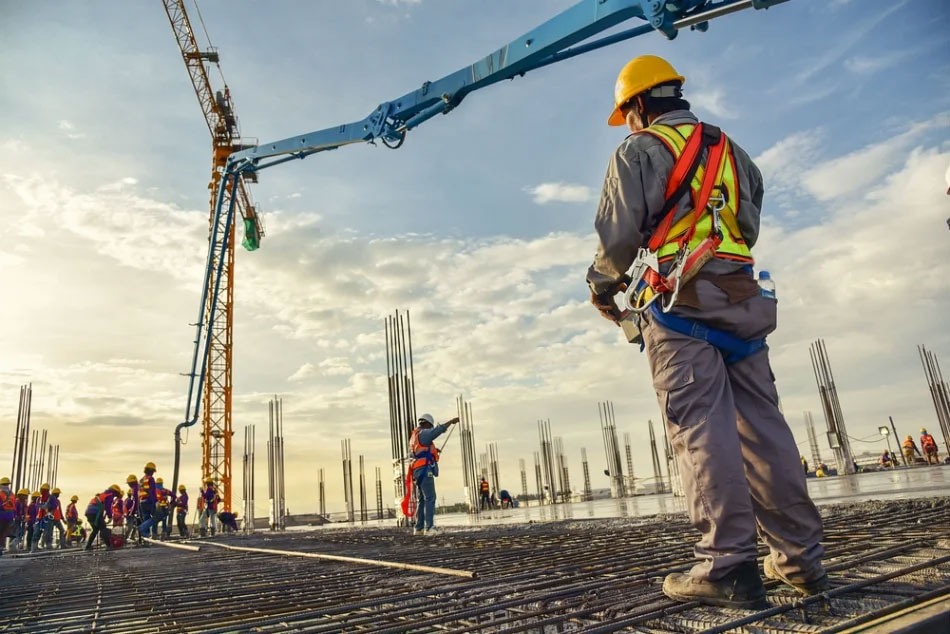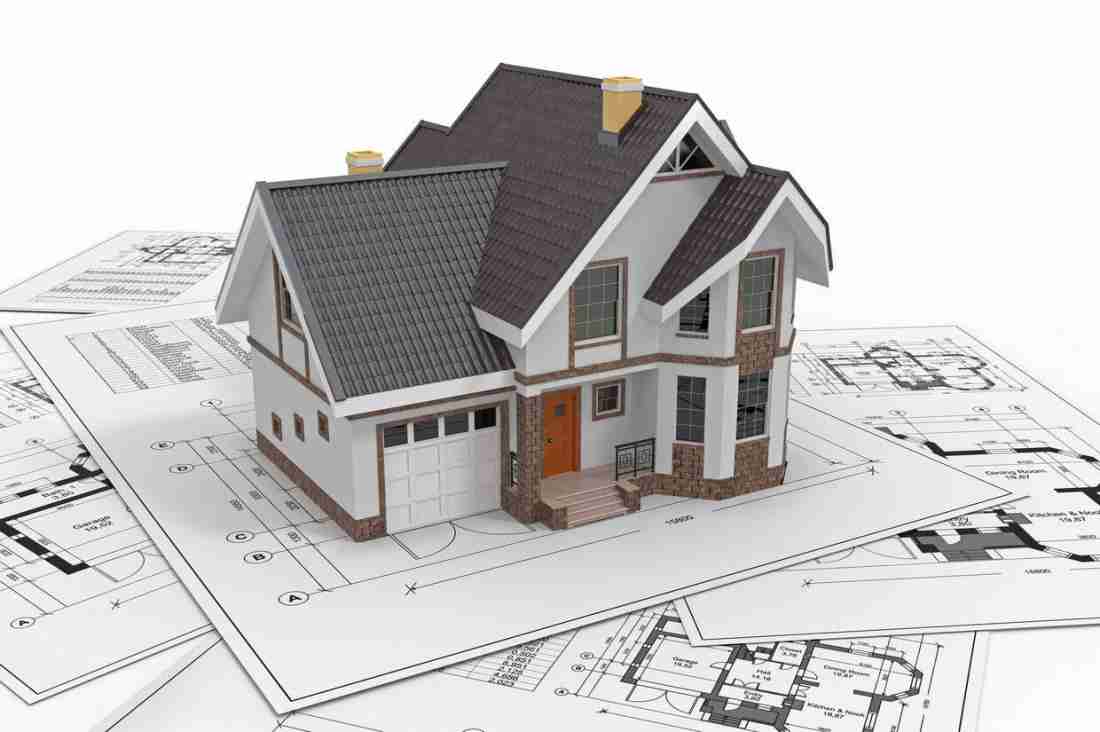Building a one-story house can be an exciting endeavor for many people. There are many benefits to building a one-story home, including ease of accessibility, lower construction costs, and a simpler construction process. In this essay, we will discuss the process of building a one-story house and the various factors that need to be considered during this process.
The first step in building a one-story house is to determine the location of the house. This will involve finding a suitable plot of land that meets your requirements. Factors to consider when choosing a plot of land include the size of the lot, the proximity to amenities such as schools and shopping centers, and the orientation of the lot in relation to the sun.

Once a suitable plot of land has been chosen, the next step is to design the house. This will involve working with an architect or a design professional to create a blueprint of the house. During the design process, it is important to consider the size of the house, the number of rooms required, and the layout of the house. It is also important to consider the orientation of the house in relation to the sun, as this will affect the amount of natural light that the house receives.
Once the design has been finalized, the next step is to obtain the necessary permits and approvals from the local authorities. This will involve submitting the design plans to the local building department for review. The building department will review the plans to ensure that they meet local building codes and regulations. Once the plans have been approved, the next step is to obtain a building permit.
The construction process can now begin. The first step in the construction process is to prepare the site. This will involve clearing the land and grading the site to ensure that it is level. The next step is to lay the foundation. The type of foundation used will depend on the design of the house and the soil conditions of the site. Common types of foundations include slab-on-grade, crawl space, and basement.
Once the foundation has been laid, the next step is to construct the walls. This will involve framing the walls with wood or steel studs and then sheathing the walls with plywood or other building materials. The walls will then be insulated and covered with a vapor barrier to prevent moisture from entering the house.
The next step in the construction process is to install the roof. The type of roof used will depend on the design of the house and the climate of the area. Common types of roofs include flat roofs, pitched roofs, and hip roofs.

Once the roof has been installed, the next step is to install the windows and doors. This will involve selecting the appropriate windows and doors for the design of the house and then installing them in the appropriate locations.
The next step in the construction process is to install the plumbing, electrical, and HVAC systems. This will involve running pipes and wires through the walls and installing the necessary fixtures and appliances.
Once the plumbing, electrical, and HVAC systems have been installed, the next step is to install the insulation and drywall. This will involve installing insulation in the walls and ceiling to improve energy efficiency and then covering the walls with drywall.
The final step in the construction process is to finish the interior and exterior of the house. This will involve installing flooring, cabinets, and fixtures in the interior of the house, and then painting or siding the exterior of the house.
In conclusion, building a one-story house is a complex process that requires careful planning and attention to detail. The process involves several steps, including choosing a plot of land, designing the house, obtaining permits and approvals, preparing the site, laying the foundation, constructing the walls, installing the roof, installing the windows and doors, installing the plumbing, electrical, and HVAC systems, installing the insulation and drywall, and finishing the interior and exterior of the house.


